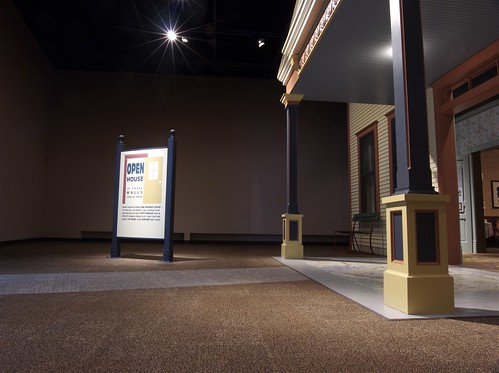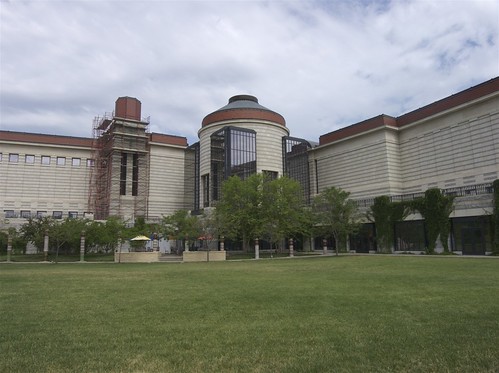I’d prefer not to Wang Chung tonight.
There was a movie that I just couldn’t get out of my head. Not because it was good, but because it had come so highly recommended at the time and was such a big letdown. The time was the mid-eighties; sometimes disappointment really hangs in there. At first I thought it was Blow Out (a ridiculously lame riff on Blow Up and The Conversation) but it wasn’t that turkey. It turned out that the scene that I couldn’t forget was from the sonic extravaganza To Live and Die in LA.
The spotting brush (usually these things are about four or five hairs round) hit the Kodalith with a scratching sound and I was gone in a rage. When a spotting brush makes that kind of racket, I know I have entered into some sort of alternate universe where a pin dropping can shatter an eardrum. The rest of the clip is pretty indicative; it’s foley gone mad with a relentless Wang Chung score.
I was reminded of this stuff this morning when I read The Death of High Fidelity. I don’t think it was MP3s that were responsible for the death of natural sound—I think it happened long before that, in the mid-eighties. No, I’m not just talking about the advent of digital sound in general, either. I think the movies helped kill high fidelity sound.

